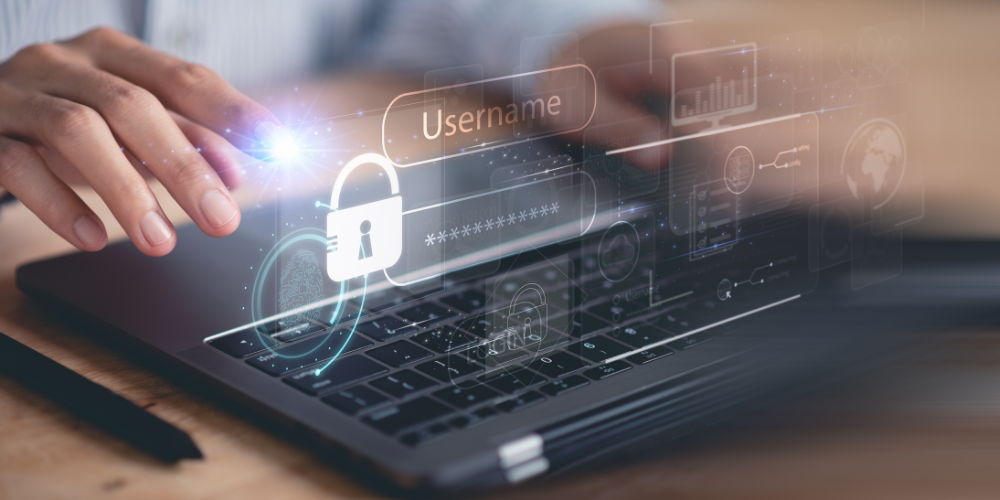
Password Best Practices Keep Your Business Secure
According to an article in the HIPAA Journal, May 2nd was “National Password Day.” You didn’t know there was such a day? National Password Day was declared in 2013 to bring awareness of both the importance of passwords in keeping personal and company data safe, but also about password risks and best practices to mitigate those risks. Read on to learn about the state of thinking about passwords, and how to better manage login credentials.
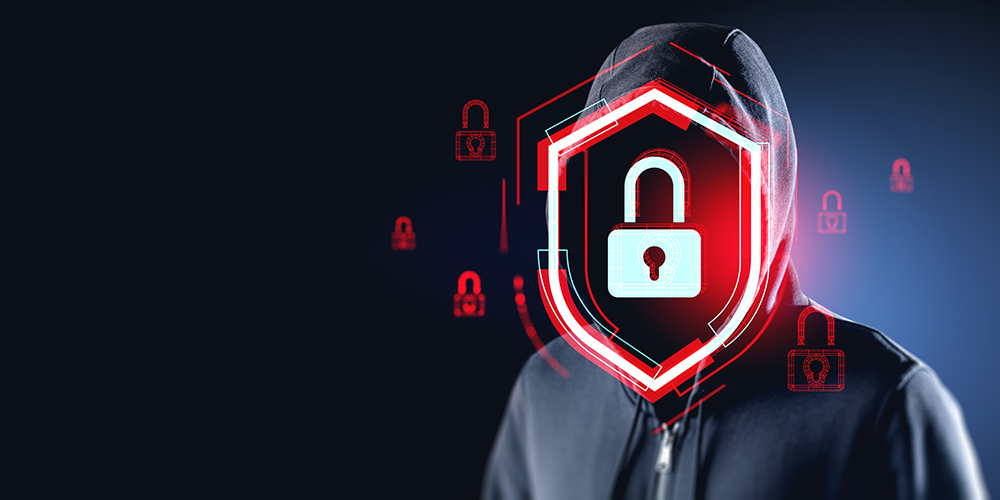
Cybersecurity Challenges for Small to Medium-Sized Businesses
Cybersecurity, ever a topic for businesses of all sizes, poses special challenges for small to medium-size businesses. Not only can they be special targets for bad actors, but they also deal with tight budgets and at times a lack of understanding of what cybersecurity means. Read on to learn how a small business can meet cybersecurity challenges and build strong defenses.

Implementing Your Artificial Intelligence Strategy
The explosion in popularity of artificial intelligence (AI) is hard to ignore, as one of the biggest – if not the biggest–technology trends in 2024 and beyond. How will your business use this technology? Read on to learn about developing a strategy to harness AI’s power.
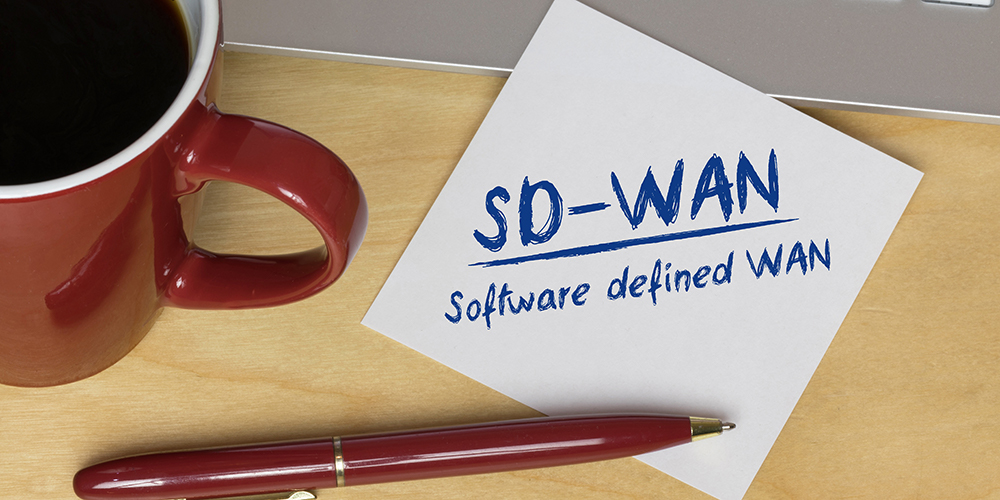
Using SD-WAN to Enhance Hybrid Work
n the last several years, remote and hybrid work environments have become common. Many offices have at least a partially remote workforce, and this calls for communications applications that are always on and helping workers to collaborate effectively. To learn about leveraging software-defined wide area networks for seamless communication, read on.

Trends in Cloud Computing
Cloud Computing is a commonly-used term, but the concept has been in the works for decades. In recent decades, cloud has come into its own as a powerful mode of computing used for businesses large, medium and small. Read on to learn about current and future trends in cloud computing.

Unified Communications for Business Success
Remote work has existed for decades, but got a big push just a few years ago, with so many away from the office. And some workers are staying remote, part of companies facilitating hybrid work environments. Business telecommunications needs to be up to the task, equipping workers to collaborate and communicate to get things done. Read on to learn more about the benefits of telecommunications technology for a connected workforce.

Applications of Artificial Intelligence for Small Business
We hear so much about Artificial Intelligence (AI) and what it can do, as well as cautions about it. But how can it help your business run more efficiently as well as deliver amazing results in customer service? Read on to learn more about harnessing the power of AI for your small-to-medium-sized business.

Cloud Trends in 2024
Cloud Computing, long a fundamental part of digital transformation, is seeing even more changes in 2024 and beyond. From hybrid and multi-cloud to the intersection of artificial intelligence and cloud computing, and the security and compliance implications, digital transformation and innovation will continue. Read on to learn more about upcoming cloud trends.
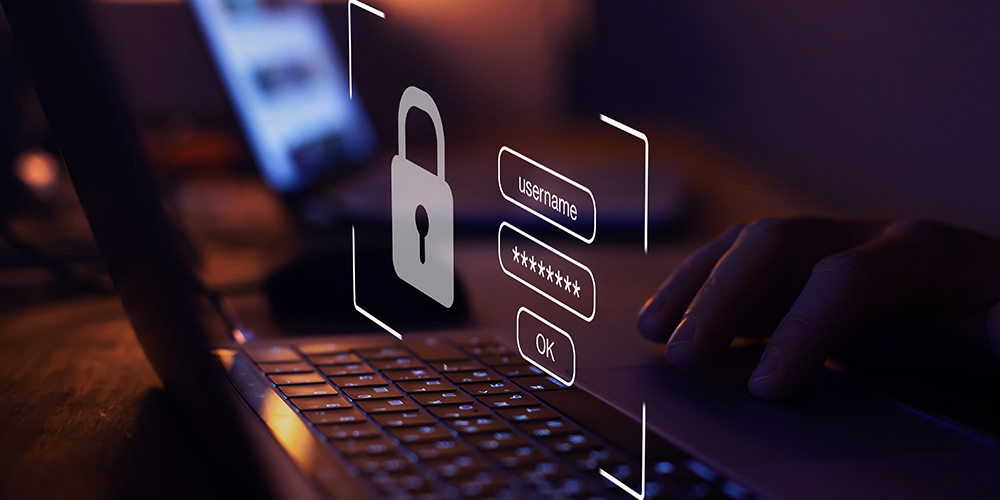
Protect Passwords to Safeguard Personally Identifiable Information
Businesses large and small deal every day with personally identifiable information from customers, employees and additional stakeholders. How do they protect it? While passwords alone are not considered personally identifiable information, they help keep it safe. Read on to learn more about how to manage passwords and keep data safe
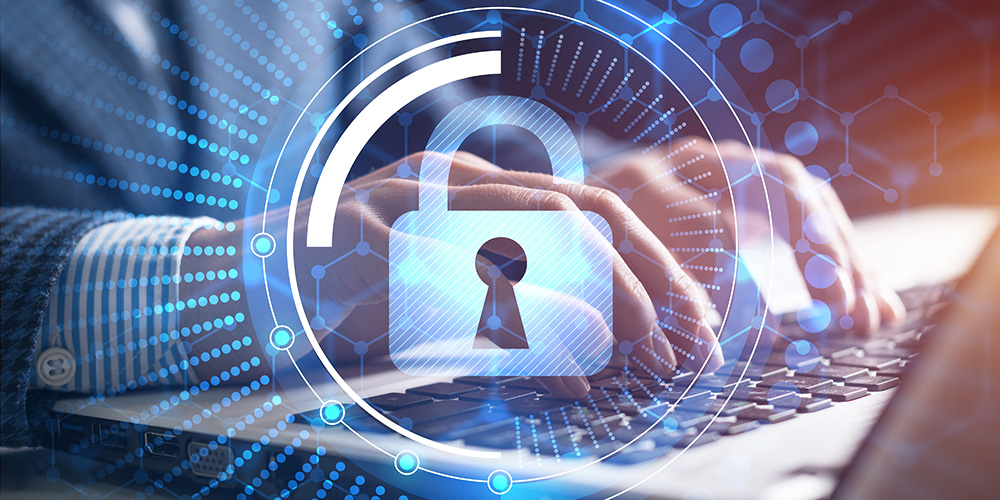
From Cybersecurity to Cyber-Resilience
Cybersecurity is an ever-present issue, especially in these times of rapid innovation. With this innovation, companies need to remember the importance of protecting systems, devices, networks and data from cyber attack. But what if we all went a few steps beyond,...
